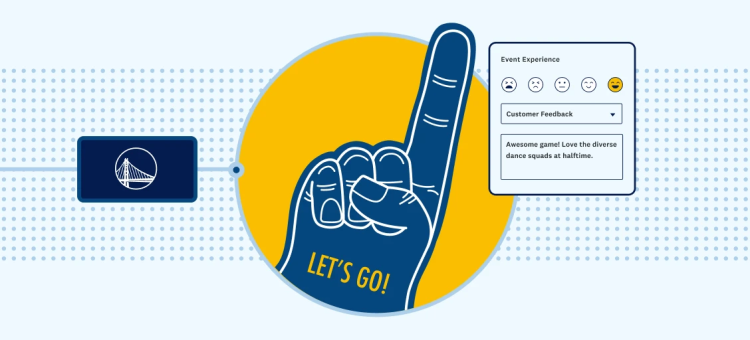As the clock strikes 7:30 am, an all-too-familiar sound pops up. It’s your phone’s alarm.
You race to turn it off and breathe a sigh of relief when it finally does. With the phone conveniently in front of you, you begin to check your emails.
After responding to a few urgent messages, you treat yourself by visiting your social media channels: Twitter, Facebook, Instagram, the whole gamut.
That’s just a simple wake-up routine. Imagine all the ways you use your phone throughout the course of a day!
To remove us from our imagination and get concrete answers, we went ahead and asked 412 people on SurveyMonkey Audience about the ways they use and behave with their phones.
Here’s what they told us—in between their text messaging and snapchats:
What are you curious about?
Use SurveyMonkey Audience to test ideas on your target market.
Your phone offers seemingly endless use cases
What do people actually use their phones for every day?
- Text messaging (87%)
- Emails (76%)
- Alarm clock (76%)
- Social media (64%)
- Reading blogs and the news (60%)
- Shopping (57%)
- Listening to music (56%)
With such a diverse set of use cases, it’s easy to understand how the sales of laptops have fallen and how bookstores and shopping malls have both declined.
Will the trend towards using our phone for just about everything continue? Most likely. Young adults (18-29 years old) use their phones more frequently in each of the use cases above. In addition, young adults are more likely to use their phones for online banking (72%), playing a game (65%), taking a survey (55%), and watching a show/movie (50%).
Speak it or type it? Voice commands are winning people over
Voice commands have become mainstream. Nearly half of phone owners use the feature. But the real surprise lies in its frequency of use and in the ways it’s used.
We found that 45% of people use voice commands at least once a week and 16% at least once a day. Men and young adults are even more likely to embrace the feature, with 66% and 57% using it at least once a week, respectively.
There are numerous applications of voice commands. Here are some of the most popular ways they’re used:
- Text messaging (54%)
- Searching the web (53%)
- Calling people (49%)
Are you awake? You've probably checked your phone already
Do you sleep with your phone near your bed? We found that most people do.
We’ve also learned that checking your phone is the most popular activity people do right after waking up, followed by brushing your teeth and drinking coffee.
It’s particularly popular as an early morning “first” for those who use a workout app on their phone (58%) or those who are young adults (65%). And for young adults who use a workout app? The number balloons to 75%.
People go the extra mile to protect their phone
At one point or another, you’ll drop your phone. You might drop it on the sidewalk, in a couch, and if you’re really unlucky, into a toilet.
With the drop of a phone often resulting in cracks or breakage, the majority of phone owners invest in phone protection. About 66% of our respondents buy a case. Young adults act with particular caution, as 73% buy one.
How far would you go to prevent losing your phone?
For example, imagine standing on a train platform and a gust of wind suddenly knocks your phone out of your hand and onto the tracks.
Would you quickly jump down to the tracks and pick it up? Search for a police officer to recover it? Or give up on your phone entirely?
When we presented this situation to our respondents, the first option was the most popular (39%). Our willingness to risk our own health to protect our phone, reveals that it’s one of our most prized possessions.
To many of us, our phone is our everything. It wakes us up, gives us the news, allows us to make purchases, and helps us connect with others. And the prospect of losing it prompts us to spend more and act in ways we normally wouldn’t want to.
That’s all for now. You can give your eyes a break in case you read this on your phone.
Create your own stories based on data
Our content marketing guide will teach you everything you need to know about creating content based on original research from survey data.



